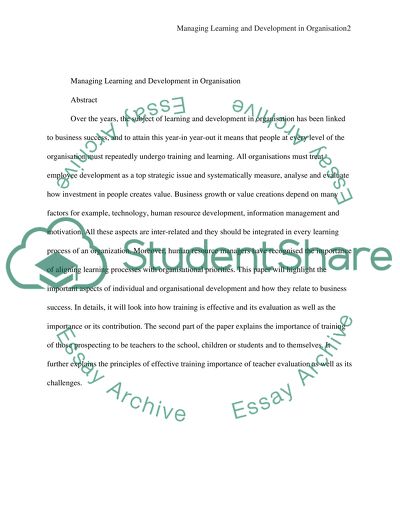Cite this document
(“Managing Learning and Development in Organisation Essay”, n.d.)
Managing Learning and Development in Organisation Essay. Retrieved from https://studentshare.org/education/1403449-managing-learning-and-development-in-organisation
Managing Learning and Development in Organisation Essay. Retrieved from https://studentshare.org/education/1403449-managing-learning-and-development-in-organisation
(Managing Learning and Development in Organisation Essay)
Managing Learning and Development in Organisation Essay. https://studentshare.org/education/1403449-managing-learning-and-development-in-organisation.
Managing Learning and Development in Organisation Essay. https://studentshare.org/education/1403449-managing-learning-and-development-in-organisation.
“Managing Learning and Development in Organisation Essay”, n.d. https://studentshare.org/education/1403449-managing-learning-and-development-in-organisation.


